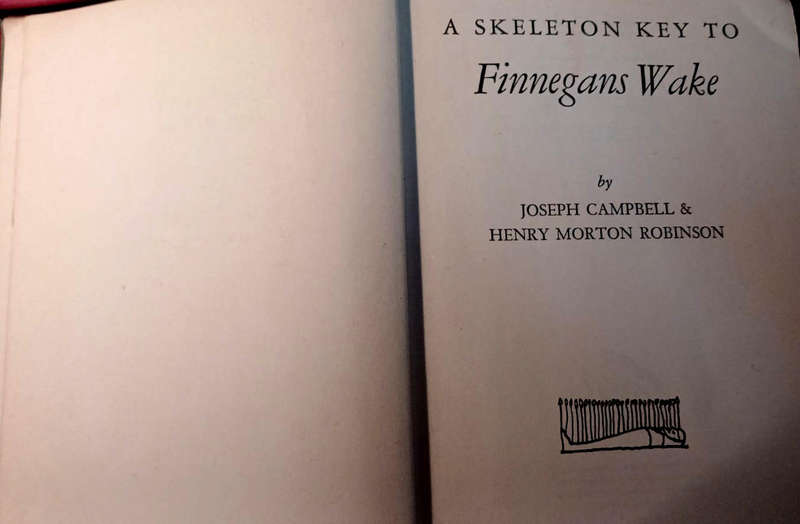
A Skeleton Key to Finnegans Wake
Check my rate
| Main centres: | 1-3 business days |
| Regional areas: | 3-4 business days |
| Remote areas: | 3-5 business days |

| Main centres: | 1-3 business days |
| Regional areas: | 3-4 business days |
| Remote areas: | 3-5 business days |
Published by NY: Harcourt, Brace & Co., 1957, hardcover, 365 pages, no dustjacket, condition: very good.
Finnegans Wake is a novel by Irish writer James Joyce. It was published in instalments starting in 1924, under the title "fragments from Work in Progress". The final title was only revealed when the book was published on 4 May 1939.
The initial reception of Finnegans Wake was largely negative, ranging from bafflement at its radical reworking of language to open hostility towards its seeming pointlessness and lack of respect for literary conventions. Joyce, however, asserted that every syllable was justified. Its allusive and experimental style has resulted in it having a reputation as one of the most difficult works in literature.
Although the base language of the novel is English, it is an English that Joyce modified by combining and altering words from many languages into his own distinctive idiom. Some commentators believe this technique was Joyce's attempt to reproduce the way that memories, people, and places are mixed together and transformed in a dreaming or half-awakened state.
Despite the obstacles, readers and commentators have reached a broad consensus about the book's central cast of characters and, to a lesser degree, its plot. The book explores the lives of the Earwicker family, comprising the father HCE; the mother ALP; and their three children Shem the Penman, Shaun the Postman, and Issy. Following an unspecified rumour about HCE, the book follows his wife's attempts to exonerate him with a letter, his sons' struggle to replace him, and a final monologue by ALP at the break of dawn. Emphasizing its cyclical structure, the novel ends with an unfinished line that completes the fragment with which it began.
Finnegans Wake has become an increasingly accepted part of the critical literary canon, although detractors still remain. As an example, John Bishop described the book's legacy as that of "the single most intentionally crafted literary artifact that our culture has produced ... and, certainly, one of the great monuments of twentieth-century experimental letters."The section of the book to have received the most praise throughout its critical history has been "Anna Livia Plurabelle" , which Parrinder describes as being "widely recognized as one of the most beautiful prose-poems in English."